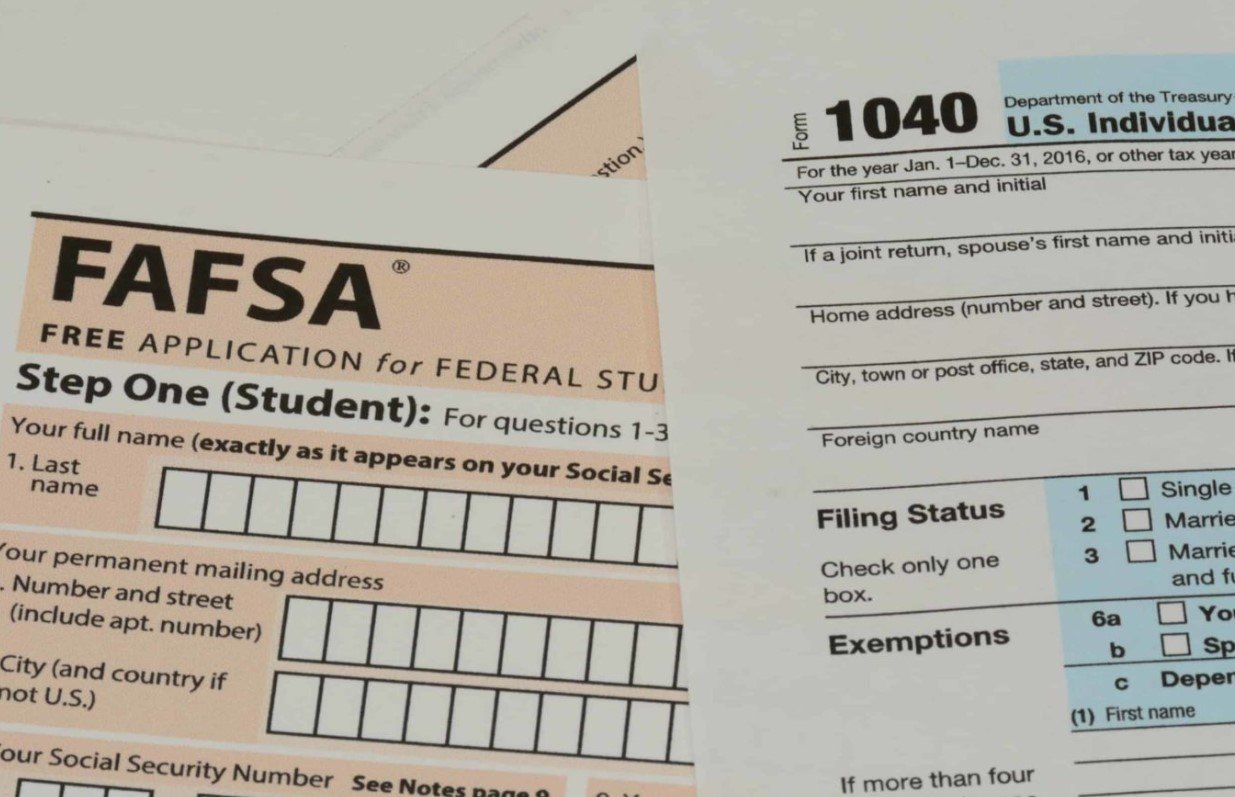The Free Application for Federal Student Aid (FAFSA) is the key to unlocking financial aid for millions of students who want to pursue higher education. However, this year, the FAFSA has undergone major changes that have caused confusion and frustration among students, parents, and colleges. The changes, which were mandated by Congress in 2020, were supposed to simplify the FAFSA and make more students eligible for aid. However, the rollout of the new FAFSA has been bumpy and delayed, leaving many students in limbo about their financial aid options.
The new FAFSA was released on December 30, 2023, but it had several problems and errors that prevented some students from accessing or completing the form. For example, some students whose parents lacked Social Security numbers could not apply, and some students could not make corrections to their forms. Moreover, the Department of Education admitted that it had failed to update the tables used to calculate students’ families’ eligibility based on inflation, resulting in an underestimation of the amount of aid available.

FAFSA data delayed until March
To fix the inflation error, the Department of Education announced on Tuesday that it would recalculate the FAFSA data and make an additional $1.8 billion in financial aid available to students. However, this also means that the FAFSA data will not be sent to colleges until the first half of March, more than a month later than expected. This will have a significant impact on the college planning process for students and colleges alike.
Normally, colleges receive FAFSA data in late fall or early winter, soon after students start submitting their forms in October. Based on this data, colleges can send financial aid award letters to students in March, giving them enough time to compare offers and make decisions before the May 1 deadline. However, with the FAFSA data delay, colleges will have less time to process the data and send the letters, and students will have less time to review the letters and commit to a college. Some colleges may have to push back their acceptance deadlines or revise their award letters.
FAFSA delay affects students and colleges
The FAFSA delay is likely to affect millions of students who rely on financial aid to afford college, especially those from low-income and minority backgrounds. These students may face uncertainty and anxiety about their financial aid options, and may miss out on some scholarships and grants that are awarded on a first-come, first-served basis. They may also have to wait longer to hear from their dream schools, or settle for less expensive or less selective schools.
The FAFSA delay is also likely to hurt colleges that depend on FAFSA data to recruit and enroll students, especially those that serve underserved and diverse populations. These colleges may face challenges in meeting their enrollment goals, budgets, and diversity targets, and may lose some qualified and talented students to other schools. They may also have to spend more resources and efforts to communicate with students and assist them with the financial aid process.
FAFSA needs improvement and support
The FAFSA is a vital tool for accessing and promoting higher education in the United States. However, the recent changes and delays have shown that the FAFSA needs improvement and support from the Department of Education and Congress. The Department of Education needs to fix the problems and errors in the new FAFSA, and ensure that the data is accurate and timely. Congress needs to provide more funding and oversight to the Department of Education, and monitor the implementation and impact of the FAFSA changes. Together, they need to restore the trust and confidence of students, parents, and colleges in the FAFSA system.
